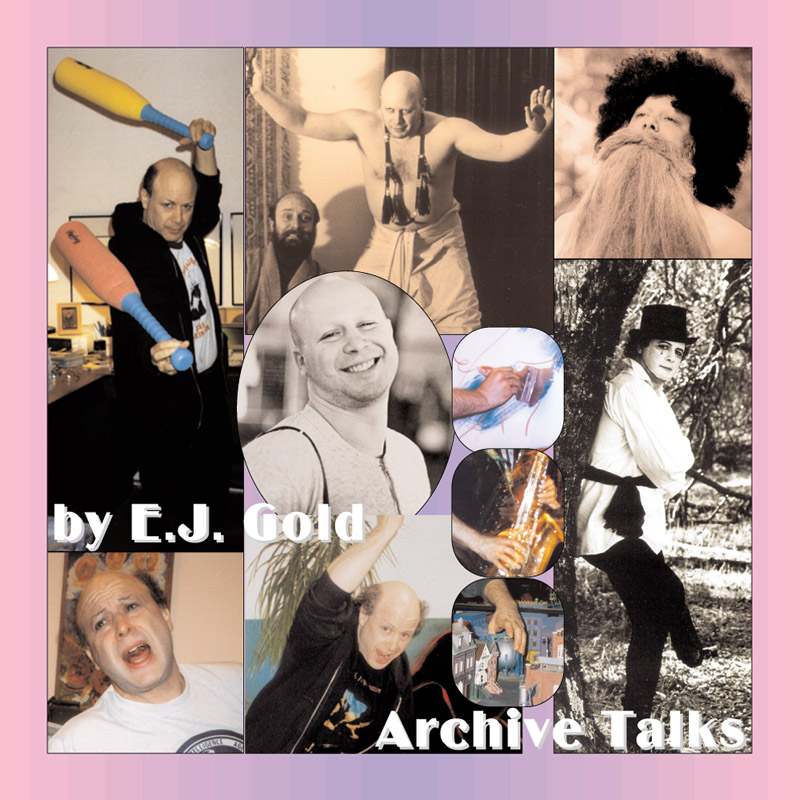

CDT371
Iron Age Ojects / Blueline Academy (Mini Workshop #69)
Synopsis
The speaker discusses their upcoming talk at a Celtic festival about Iron Age musical and ritual objects. They delve into the evolution of tuning methods used by minstrels, the history of sound production (bang, pluck, scrape, and blow), and the lack of standardization in medieval times. The talk transitions into a discovery of ancient malas, early Tibetan artifacts, and the power of sacred objects. The conversation shifts to economic insights, including fluctuating values of materials like copper, silver, and gold, and concludes with plans for an art academy, potential classes, and the preservation of traditional skills.
Summary
The discussion begins with preparations for a Celtic festival talk on Iron Age objects, highlighting the improvisational nature of medieval music. The speaker explains how minstrels tuned instruments before standardized tuning systems, emphasizing the reliance on pitch pipes and oral tradition. This expands into an examination of ancient tuning practices and the broader implications of non-standardized systems in language, spelling, and craftsmanship.
The talk pivots to a personal discovery of antique malas, which contain beads dating back thousands of years. The speaker explains the significance of these ancient artifacts and their potential use in rituals. Concerns over preservation arise, particularly regarding the degradation of bronze artifacts due to human contact.
The conversation then touches on fluctuating economic values, particularly the appreciation of silver and copper relative to gold, and insights into market behaviors. The history of mass production and devaluation of objects—using the example of Egyptian ushabti figures—is discussed, illustrating how economic forces shape craftsmanship over time.
Further discussion concerns the speaker’s academy, outlining plans to offer not only art and jewelry-making courses but also computer literacy classes. The academy is envisioned as a hub for skills preservation, hands-on learning, and cultural appreciation. The session closes with reflections on the practical challenges of adapting to new technology and a personal note about the speaker's health concerns.
Keywords & Key Phrases
- Iron Age ritual objects
- Minstrel tuning
- Bang, pluck, scrape, blow
- Just intonation
- Harry Partch 43-tone scale
- Ancient malas
- Tibetan artifacts
- Stone and bronze beads
- Bronze disease
- Ushabti trade collapse
- Copper price surge
- Economic devaluation of craftsmanship
- Art academy business plan
- Bead curation and preservation
- Tea house cultural hub
- Digital skill courses for artists
Graphic Prompt
An atmospheric digital painting of an Iron Age Celtic festival scene at dusk. Wooden drum boxes and ancient stringed instruments rest on a worn wooden stage, surrounded by fire-lit faces of festival-goers. In the foreground, a minstrel tunes an aged instrument using a handcrafted wooden pitch pipe. Woven malas with ancient beads hang from their belt. Mystic symbols from Tibetan and Celtic traditions subtly engrave the surfaces of artifacts. The air is dense with smoke from nearby braziers, while a storyteller, half-lit by flame, speaks of forgotten rituals. The colors are warm and earthy: deep browns, rich oranges, and the glint of bronze and silver under flickering lanterns.



